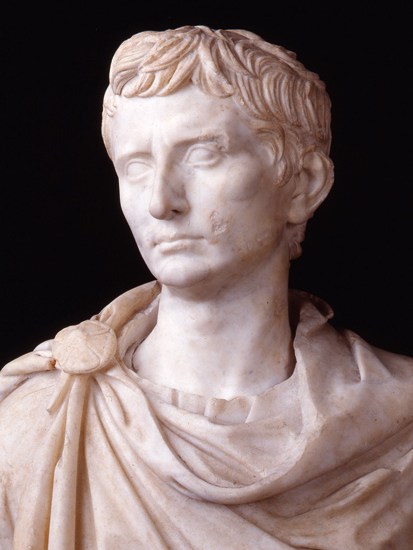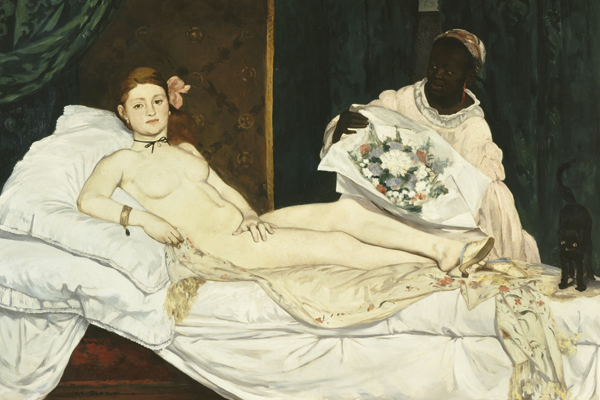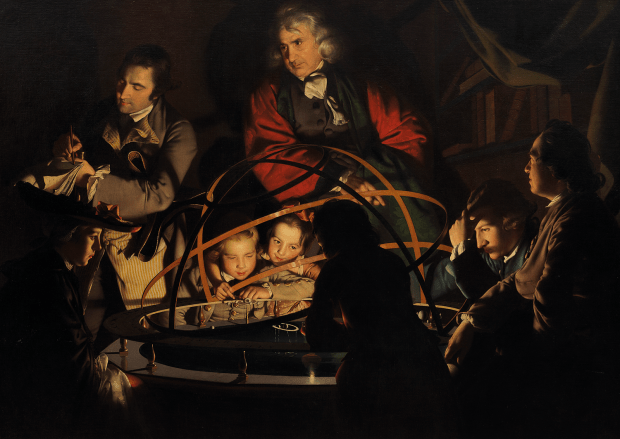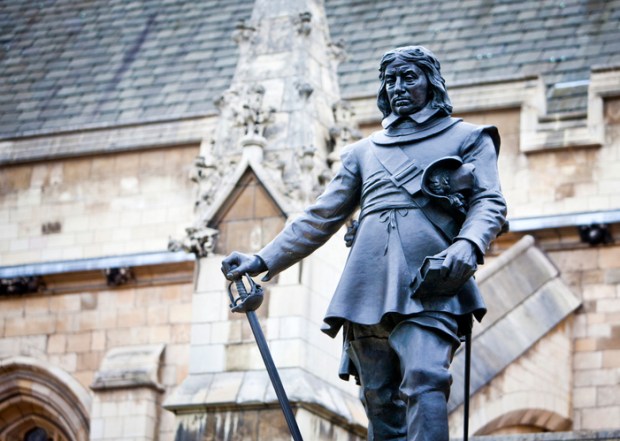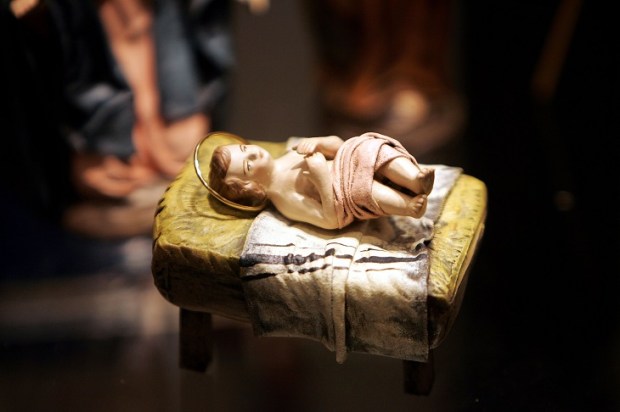The symbol engraved on Augustus’ signet ring was a sphinx. Julian the Apostate described him as ‘a chameleon’. He seized power declaring himself the saviour of the Roman Republic, but in the process abolished it. He ruled as an autocrat but maintained the fiction that he was no more than the Republic’s First Citizen — and left as his legacy a new system of imperial government that was to continue for another 400 years in the West and until 1453 in Constantinople in the East.
This year marks the 2,000th anniversary of Augustus’ death in 14 AD, on the 19th of the month by then named in his honour. His 40-year-long reign saw not only the transformation of Rome’s government and administration but also of its art, architecture and literature, which were harnessed to glorify Augustus himself and his regime, giving birth to models that continued to exert a powerful influence on imperial and dynastic art into modern times.
The emperor-to-be’s family was a fairly insignificant one, but he was, through his mother, a great-nephew of Julius Caesar, who adopted the young Octavian, as he then was, as his son and heir. When Caesar was assassinated in 44 BC, the 18-year-old Octavian, ‘Divi Julii Filius’, son of the (post mortem) hastily deified Julius, found himself titular leader of the Julian faction.
Mark Antony sought contemptuously to dismiss the upstart — small in stature, with sandy hair, bad teeth and delicate health — addressing him as ‘you, boy, who owes everything to your name’. But Octavian bided his time, and having disposed of his other rivals, this ‘boy’ provoked a war with Antony, defeated him at Actium in 31 BC, drove him and his lover Cleopatra to suicide, and annexed Egypt as a personal fiefdom. With the wealth of Egypt and other provinces now pouring into his own coffers, he became by far the richest man in the Empire. In Rome itself he created a staggering dependency culture by paying out of his own pocket for the regular corn-dole, with additional periodic distributions of wine and oil, for a quarter of a million plebs, thus guaranteeing their perpetual devotion.
More statues and busts of Augustus have survived than of any other emperor. His official face was to remain throughout his reign one of eternal youth — a palpable example of Augustus’ calculated control of his own image. But although most of these portraits were idealised, a few of the earlier ones, such as a bronze equestrian figure, fished out of the Aegean in 1979, representing him with slightly gaunt features and jug-ears, may have come closer to the reality.
Busts of key members of Augustus’ family and court have also come down to us and are resonantly evocative of the personalities and propaganda of the era. For while paying lip service to Republican government, Augustus soon set about building a mausoleum and looking within his family for a suitable successor. We have marble likenesses of all his accident-prone choices: nephew Marcellus, stepson Drusus, grandsons Gaius and Lucius — all at one time designated as his heir, and all of whom predeceased him — as well as of the candidates of last resort: a third grandson, the thuggish Agrippa Postumus, murdered by unknown hands on the emperor’s death, making way for the reluctant Tiberius, the son by a previous marriage of Augustus’ wife Livia.
We have, too, a number of images of the steely, politically adept Livia, publicly cast as the pious, modest, obedient, stay-at-home Roman matron, and some rare ones of Augustus’ later disgraced daughter Julia. Ruthlessly married off by her father first to the heir-apparent Marcellus, then to the emperor’s faithful right-hand man Agrippa, and finally to Tiberius, in 2 AD Julia fell foul of Augustus’ draconian new morality laws, which made adultery a crime (for women and their lovers, at least) and for her alleged promiscuity she was banished to an island.
Almost comically symbolic of this state-promoted prudery is a statue of Priapus for the New Age, preserved at the Capitoline Museums in Rome, no longer represented naked with the customary outsized tumescent organ, but fully clothed with a projecting, surprisingly realistically proportioned, semi-erect penis lifting the drapery, making it if anything even more suggestive.
Great writers — Virgil, Horace, Propertius, Livy — who had lived through the anarchy that preceded the Augustan regime and whom the First Citizen made his personal friends, willingly sang the praises of this man of destiny and the Golden Age over which he now presided. But the younger poet Ovid’s witty celebrations of love and sex conflicted with Augustus’ new puritanism and their author was condemned to lifelong exile in a colony on the Black Sea.
The benefits of the ‘Pax Augusta’ were also reflected in architecture and the applied arts. Architectural decoration became characterised by elaborate motifs of animal and vegetable fecundity; and luxury household goods — in gold, silver, bronze, marble and glass — proliferated.
Augustus’ dominion over the subjects of his vast empire became as god-like as any ruler’s in history. But he stopped short of seeking deification during his lifetime, contenting himself with an accumulation of titles that veiled his despotism: First Man of the Senate and Augustus in 27 BC, honorary Tribune of the Plebs in 23 BC and Pater Patriae in 2 BC. In 12 BC he became Pontifex Maximus, which made him Rome’s most senior religious authority — a title later adopted by popes.
Got something to add? Join the discussion and comment below.
Moi, Auguste, Empereur de Rome, an exhibition that brings together more than 170 busts, sculptures and other artifacts, from over 40 museums, will be at the Grand Palais in Paris from 19 March until 13 July.
You might disagree with half of it, but you’ll enjoy reading all of it. Try your first month for free, then just $2 a week for the remainder of your first year.

